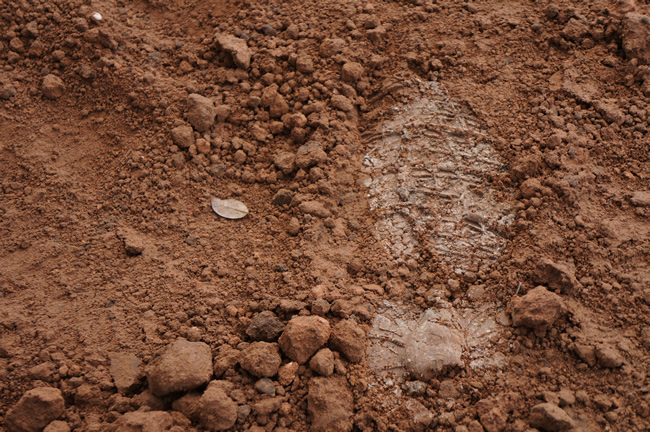Biogeotechnical engineering is adding enzymes, microbes, and much more to the engineer’s toolbox

Geosynthetics have achieved some remarkable levels of performance in infrastructure. They play a big role, but they are only a small part of a project. Other materials, such as soils, aggregates, and concrete make up the rest of infrastructure. Increasingly, we find geosynthetics being used in conjunction with other engineered solutions that can play a big role too while being ostensibly only a small part of a project. The emerging field of biogeotechnical engineering is producing solutions that can have a tremendous and beneficial impact.
We interviewed Kimberly Martin, a researcher at the Center for Bio-mediated and Bio-inspired Geotechnics, about ways in which biogeotechnical engineering shows promise, with consideration to how geosynthetic materials may be used alongside these solutions in the future. The CBBG, based at Arizona State University and directed by Dr. Ed Kavazanjian—whose name is well known in the geosynthetics field—is a National Science Foundation Engineering Research Center.
Listen to “The Coming Wave of Biogeotechnical Engineering” on Spreaker.
The GeoTalk Podcast is released on Tuesdays. Recent episodes:
- September 19: The Push towards Reinvention in Geomembranes
- September 12: How RUSLE2 Benefits Ag, Mining, Urban Design, and Other Sectors
- September 6:Enhanced Wicking Geotextile Emerges from an Engineering Challenge
- August 30: Improving Waterways and Coasts with Geosynthetics
Subscribe on iTunes and in the Google Play store.
BIOGEOTECHNICAL ENGINEERING
“Biomediation is when you use nature to do a process for you,” says Martin. “Bio-inspired is when you take a process from nature and modify it so you don’t have to have a living creature do the process for you. It’s sometimes easier to implement.”
One of the areas Martin has been investigating is with Enzyme-Induced Carbonate Precipitation.
“You can chemically induce calcium carbonate precipitation in a soil, but when you do that it happens too quickly; so, you get clogging and you can’t further inject your solution and get more precipitation. By having the enzyme or the microbe, it slows the process down because the inputs you put in can’t directly be used until the enzyme or the microbe goes through a process–making it available for precipitation.”
This research is being studied for the use of geotechnical columns.
Other areas in which biogeotechnical engineering is being studied include liquefaction mitigation, soil stabilization beneath existing infrastructure (e.g., railways, tunnels), and other places in which access or the ability to disturb soils is complicated.
The CBBG divides is core areas into four Research Thrusts:
- Thrust 1: Hazard Mitigation
- Thrust 2: Environmental Protection and Restoration
- Thrust 3: Infrastructure Construction
- Thrust 4: Cross-Cutting Projects
The list of topics at the CBBG are unique: soil mechanics in ant tunneling, Enzyme Induced Carbonate Precipitation soil nails, looking at natural foundations (e.g., root networks) and how geotechnical engineering might draw inspiration for new designs, and much more.
Visit Center for Bio-mediated and Bio-inspired Geotechnics to learn more about biogeotechnical engineering.











